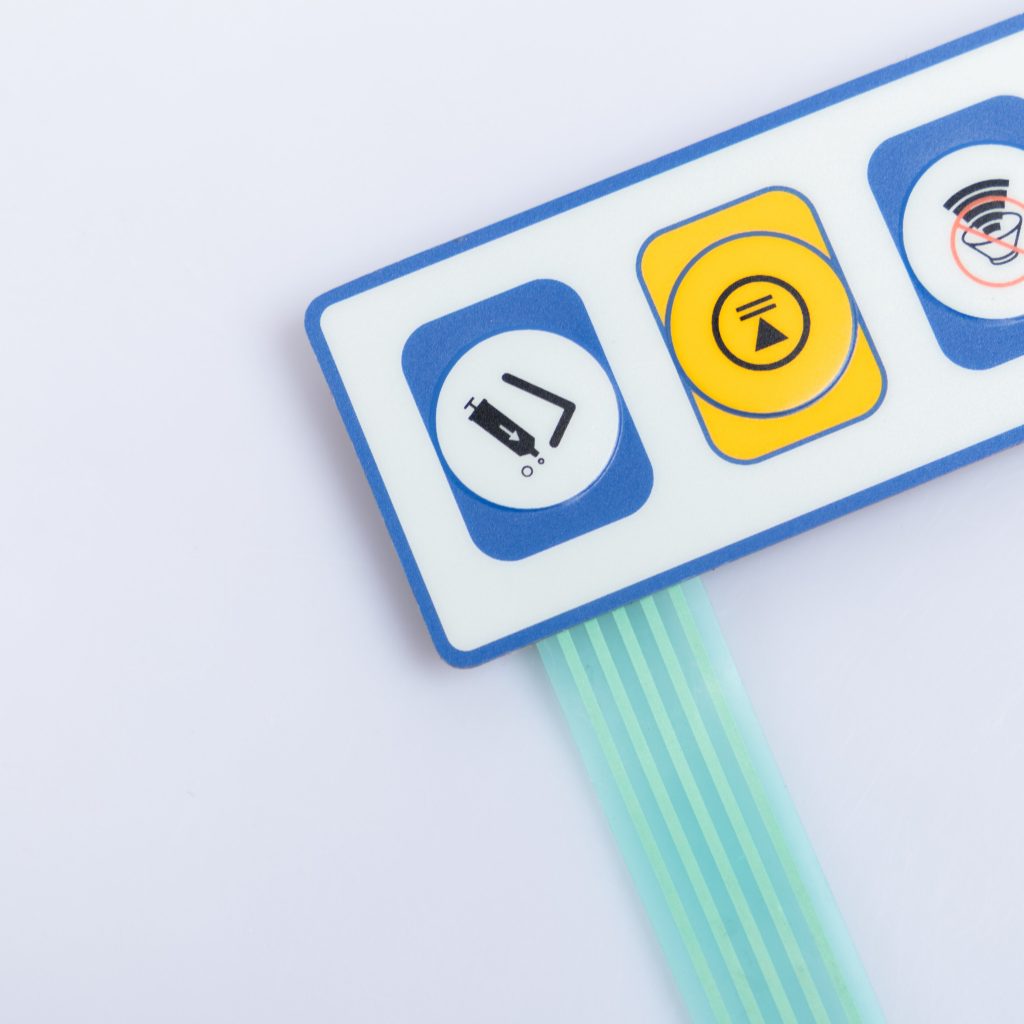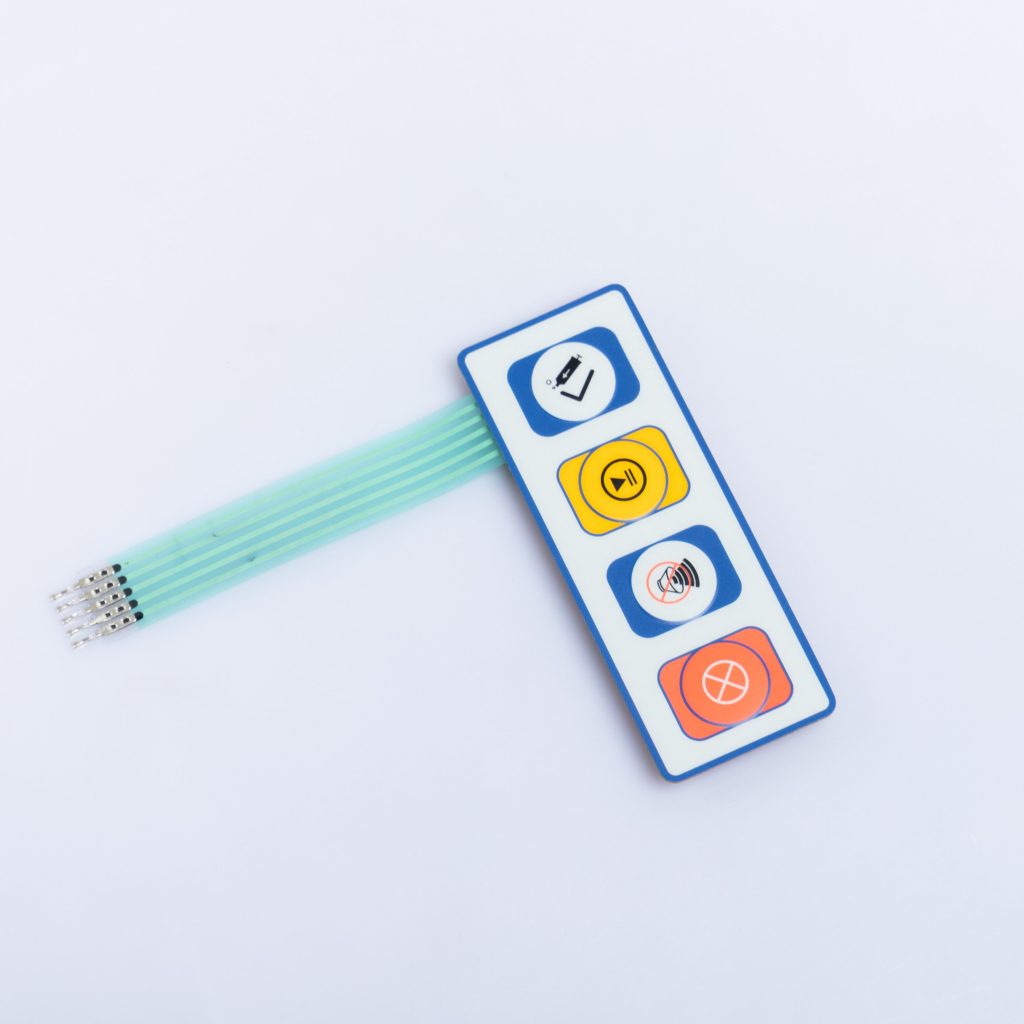Contact
Write to Us And We Would Be Happy to Advise You.
Do you have any questions, or would you like to speak directly with a representative?
By hqt
In today’s digital age, technology is evolving at a rapid pace, and so are the devices we use. Membrane switches, often found in various electronic devices, have become an integral part of our daily lives. These switches are not only reliable but also cost-effective, making them a preferred choice for many manufacturers. One crucial component of a membrane switch is the flex tail, and it’s essential to understand why Mylar is used in its construction.



Before delving into the significance of Mylar in the flex tail of a membrane switch, let’s first grasp what a membrane switch is and how it functions.
A membrane switch is a user interface that consists of multiple layers of flexible material. It typically includes graphic overlays, adhesive layers, and a printed circuit. Users interact with the switch by applying pressure to the top layer, which deforms and creates a connection on the printed circuit beneath, registering a button press.
The flex tail is a crucial component of a membrane switch. It’s the flexible tail-like extension that connects the switch to the electronic circuitry. But why is Mylar used in its construction?
Mylar is a type of polyester film known for its excellent properties, making it an ideal choice for various applications. In the context of membrane switches, Mylar serves several essential purposes:
Mylar is highly durable and can withstand repeated flexing and bending without tearing or deforming. This durability is vital in ensuring the long-term reliability of membrane switches.
Mylar provides electrical insulation, preventing unintended electrical contact between conductive traces in the printed circuit. This insulation is crucial to prevent short circuits and maintain the integrity of the switch.
Mylar is incredibly thin, which allows for a low-profile design in membrane switches. This thinness is essential for applications where space constraints are a concern.
Mylar is resistant to a wide range of chemicals and environmental factors, making it suitable for use in various industries, including medical and industrial applications.
In conclusion, the flex tail of a membrane switch requires Mylar for its exceptional durability, electrical insulation, thin profile, and resistance to chemicals. Mylar plays a crucial role in ensuring the reliable and long-lasting performance of membrane switches, making them a preferred choice for many applications.
Is Mylar the only material used in flex tails? No, while Mylar is a common choice, other materials like Kapton can also be used depending on the specific requirements of the application.
Are membrane switches only used in consumer electronics? No, membrane switches find applications in various industries, including automotive, medical, and industrial sectors.
Can Mylar withstand extreme temperatures? Mylar has good thermal stability but may not be suitable for extremely high-temperature applications. In such cases, specialized materials may be used.
Do membrane switches have a limited lifespan? Membrane switches have a long lifespan, often exceeding millions of actuations, making them highly durable.
Can I customize the design of a membrane switch with Mylar flex tails? Yes, membrane switches can be customized in terms of design, shape, and size, allowing for a wide range of possibilities in various applications.
Do you have any questions, or would you like to speak directly with a representative?